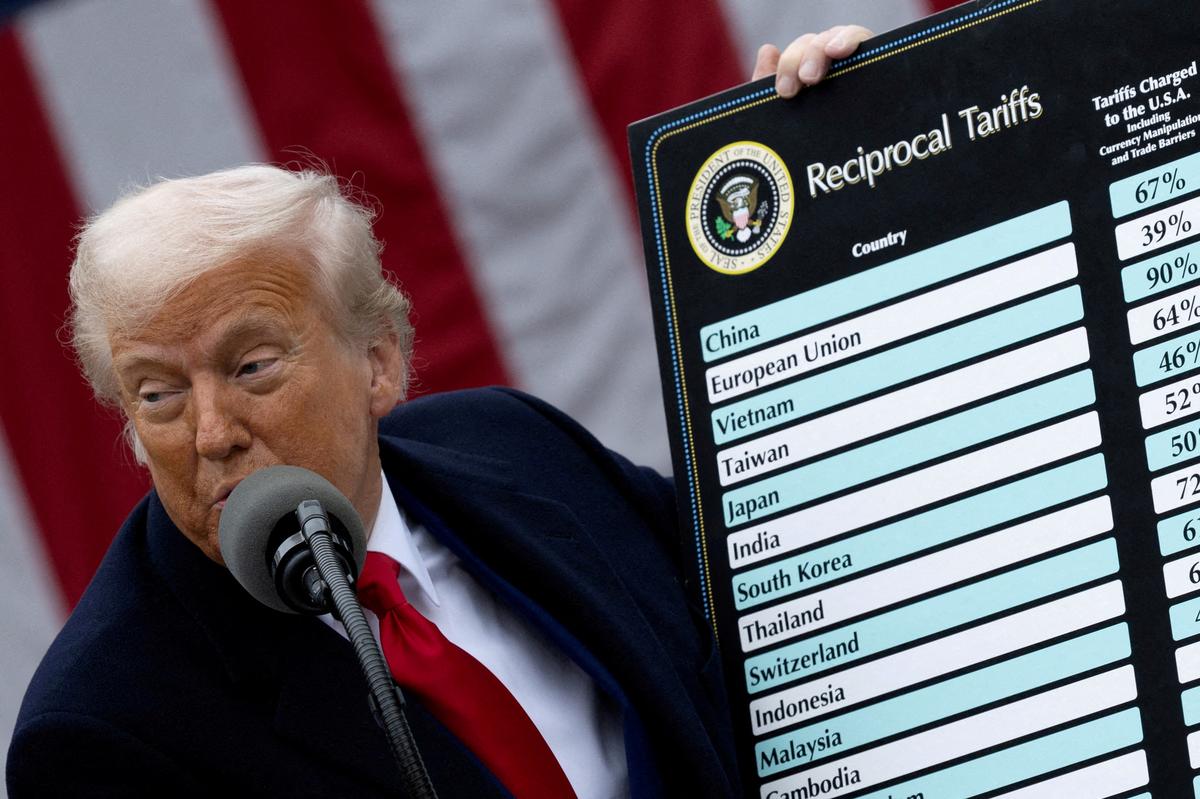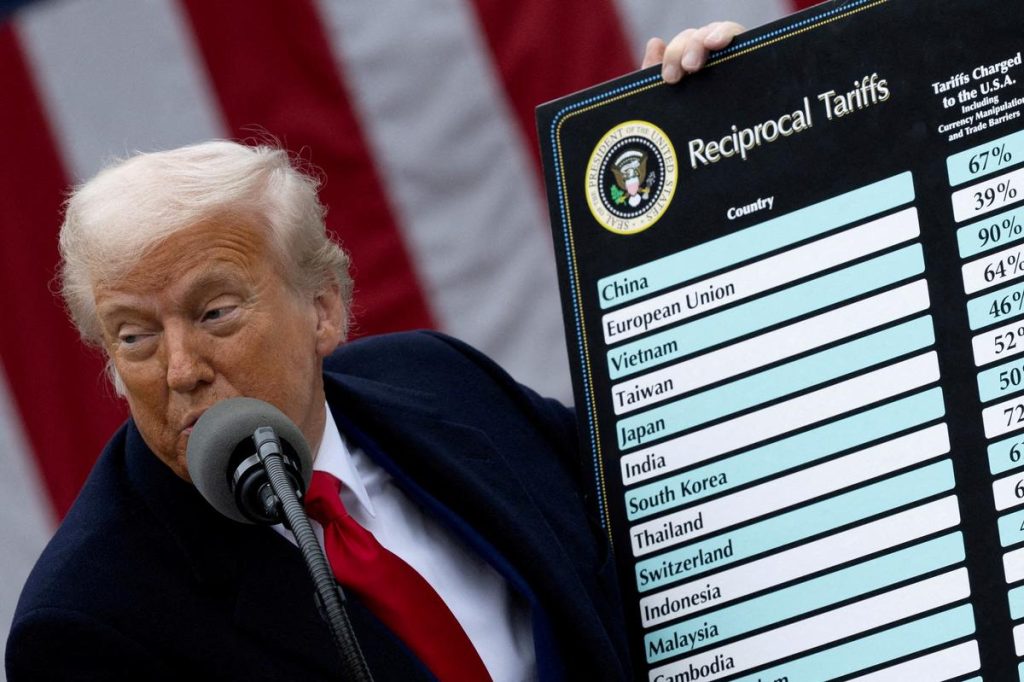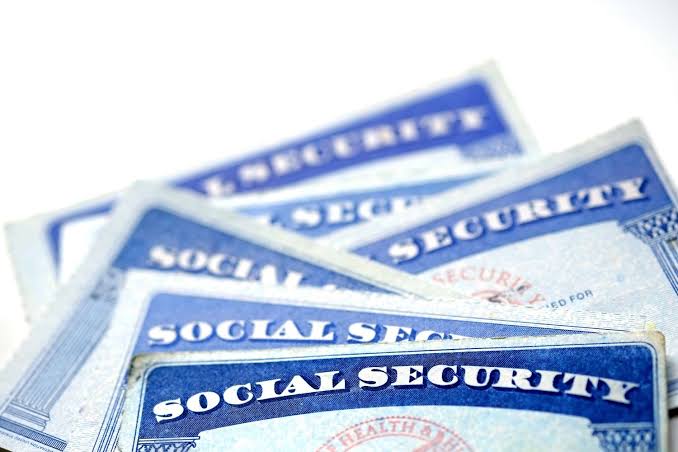In a dramatic move that’s shaking up global markets and diplomatic relations, former President Donald Trump has announced steep new tariffs on imports from 14 countries, effective August 1, 2025, unless new trade agreements are reached by then. The tariffs, ranging from 25% to 40%, are being billed as “reciprocal tariffs” and are aimed at what Trump calls “unfair trade practices” and “imbalanced deals” that hurt American industry.
This sweeping action comes as part of Trump’s escalating “America First” economic strategy, signaling a return to aggressive trade enforcement just as global inflation cools and supply chains stabilize. But with less than a month to go, pressure is building fast on the targeted nations — and American importers — to prepare for impact.
Full List of Countries Targeted by Trump’s August 1 Tariffs
According to official letters and sources, here are the 14 countries facing new U.S. import tariffs unless a last-minute deal is reached:
| Country | Tariff Rate |
|---|---|
| Japan | 25% |
| South Korea | 25% |
| Malaysia | 25% |
| Kazakhstan | 25% |
| Tunisia | 25% |
| Indonesia | 32% |
| South Africa | 30% |
| Bosnia & Herzegovina | 30% |
| Bangladesh | 35% |
| Serbia | 35% |
| Thailand | 36% |
| Cambodia | 36% |
| Myanmar | 40% |
| Laos | 40% |
Each country received formal notice from the Trump camp, warning that failure to reach a trade agreement by August 1 will result in these tariffs automatically taking effect.

Why These Countries — And Why Now?
Most of the countries listed are U.S. trading partners in Asia, Africa, and Eastern Europe. Many are part of fast-growing manufacturing supply chains, and some — like Japan and South Korea — are major players in tech and automotive imports.
Trump’s team claims these nations benefit from access to U.S. markets without offering “fair” reciprocal terms, particularly in manufacturing, agriculture, and defense. Some, like Indonesia and South Africa, are also accused of currency manipulation, import restrictions, or lacking U.S. military cooperation.
The timing is no accident. According to insiders, this latest tariff salvo is designed to force action ahead of the November 2025 elections, positioning Trump as tough on trade and boosting domestic producers.
What’s at Stake for the U.S.?
While the tariffs are aimed at correcting trade imbalances, they could cause ripple effects for U.S. consumers and businesses:
-
Importers may face rising costs on electronics, garments, auto parts, and raw materials
-
Retail prices could increase as businesses pass the added costs to consumers
-
Supply chains may shift or slow down due to new trade barriers
-
Allies like Japan and South Korea may see the move as a diplomatic slap in the face, complicating military and tech cooperation
In short, the U.S. could see short-term inflation spikes, trade retaliation, or disruption in key sectors, depending on how long these tariffs remain in place.
What About the BRICS Countries?
Trump has also hinted at additional tariffs on BRICS nations (Brazil, Russia, India, China, and South Africa). While no formal rates have been announced yet, a 10% tariff threat is reportedly in discussion for these nations if they do not make concessions in upcoming talks.
Negotiations with countries like Vietnam, China, and the UK have reportedly led to deals that helped them avoid inclusion on this tariff list — for now.
What Happens Next?
-
Countries on the list have until August 1 to negotiate or face automatic tariff enforcement
-
More tariff letters are expected, with Trump officials warning of broader “general notices”
-
The EU could be next, as the Trump team prepares a wave of similar enforcement actions against European exporters
Bottom Line
The August 1 tariff rollout could mark the biggest U.S. trade shift in years. While some see it as a bold move to protect American workers, others worry it may backfire by disrupting global trade and hurting U.S. consumers in the process.
Either way, the clock is ticking — and for the 14 countries on Trump’s list, the next three weeks could make or break billions in trade.



